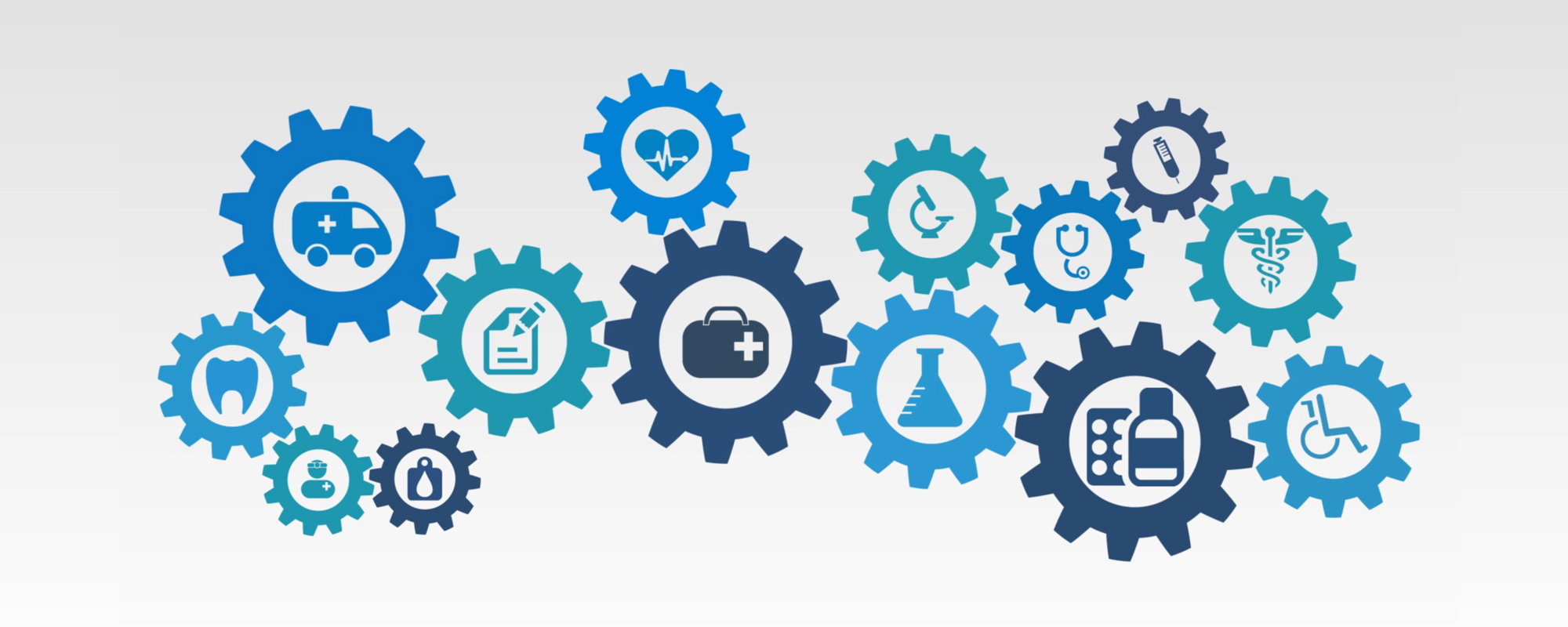Growing and greying populations worldwide are increasing pressure on healthcare resources, leading to ongoing funding challenges to meet the demand. Increasing costs are ultimately passed on to the population either through increased taxation or direct medical fees which put millions off seeing a doctor.
The increased focus on workplace health and wellbeing, helping employees get more active and eat more nutritious foods, is working towards relieving some pressure on healthcare establishments. But changes from within, with a focus on the patient journey from a buildings and maintenance perspective, will be a catalyst for improvement.
Automation for a personalized approach
A report this week suggested one tenth of the UK health budget could be saved by the introduction of “automation” across the service.
“The biggest priority should always be striving towards better outcomes for patients, which means freeing up NHS staff from monotonous tasks and giving them more time to spend on real care,” stated chief executive of the Taxpayer’s Alliance John O’Connell.
The report refers in the main to automation of patient services such as electronic prescriptions and machine diagnoses, but in parallel to this there is a pressing requirement to underpin these new processes through the estates team. The hospital must be equipped to streamline the patient journey during their visit and complement the time savings achieved by the medical teams. Systems integration can play a pivotal role in this – several of Service Works Global’s healthcare clients have achieved multiple integrations through its IWMS software, QFM, allowing work requests across the estate to flow through all departments. For example, through the integration, once a patient has been discharged, this information is shared securely with other systems. A porter can be alerted to fetch the patient (if necessary), a housekeeper instructed to clean the room and change the bedding (including the timeframe and standard of clean required), and the system can automatically update the admissions team once the room is ready for a new patient. In speeding up these non-clinical processes, hospitals can improve their waiting times, optimise bed occupancy and save money by removing the extra administrative steps involved in keep the facility functioning smoothly.
Even simple automations are effective – integration of IWMS and BMS is the most common pairing and can provide vast time savings in FM processes. Once the BMS detects a fault, it alerts the IWMS and automatically logs it as a work request. It is then allocated a deadline and dispatched to the most appropriate engineer, meaning a problem that could have taken hours to identify is dealt with in minutes and breakdowns can be prevented through early action.
Do it yourself
Research found nine in 10 people preferring to book GP appointments online, and would be happy to replace GP receptionists with automated systems. This enthusiasm translates to other areas, seeing increased demand for supermarket checkouts, airport check ins and also for FM. In healthcare and beyond, self-service on a public computer or kiosk allows visitors to report problems like dirty washrooms or empty vending machines without needing to find someone to speak to. Requests are sent straight to the FM help desk (where duplicates are filtered out), can be automatically allocated a deadline and sent on to the mobile devices of engineers, cleaners or handymen as appropriate. Rectification times are greatly reduced and the hospital environment becomes more appealing, all with minimal administrative intervention.
Maintenance in the cloud
While IWMS systems are widely understood to bring benefits to estates teams, running these systems through an already stretched in-house IT resource can cause friction, and places the burden of upkeep and data security directly on the hospital. While historically there was resistance to cloud hosting due to an initial lack of understanding of its benefits and security risks, usage is now more widespread. Procurement and implementation is faster as the process moves from the IT team to the FM specialists, software can be accessed from any browser window, and the cloud provider, as its primary function, takes responsibility for system uptime, back-ups, data protection compliance and defense from malicious attacks. Cloud hosting companies like Microsoft Azure, with whom SWG has partnered, offer a 99.99% system uptime guarantee, meaning the likelihood of losing access to QFM and disruption to the estates team is just 0.01% – tiny.
The cost of automation
While public services budgets are always strained and shrinking, the need for modernization is growing. Private sector organisations may be in a better position to afford implementing new technology, but the simple fact is that the public sector cannot afford not to. The benefits such as cleaner data, reduced administration and reduced human error greatly outweigh the initial implementation costs.
Systems like SWG’s IWMS, QFM, provides return on investment in around 18 months, and from then on continues to provide cost savings and allow estates teams to identify efficiency measures and deliver streamlined services. In our Asia Pacific 2017 FM Software Survey, around a quarter of respondents who integrated their IWMS with at least one other system reported increased ROI compared to those not integrating their FM software systems.
Find out how other healthcare estates are improving their FM performance – download our Innovation in Healthcare infographic or contact your local Service Works office.
If you would like to keep up to date on the latest industry and technology developments, sign up to receive Service Works’ blog straight to your inbox:
 USA
USA



